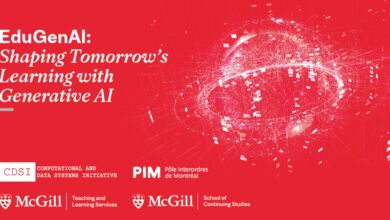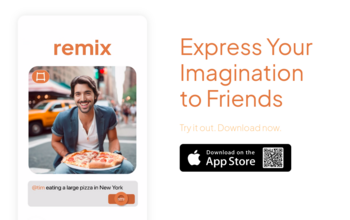How Generative AI is Taking the Advertising World by Storm

Authored by Mandar Natekar, Co-Founder and CEO, NeuralGarage
In the fast-paced world of advertising, generative AI is emerging as a crucial force that is helping brands and advertisers reshape their messaging. This technology is enabling advertisers craft highly engaging and relevant content with unmatched efficiency and creativity unlocking new possibilities and overcoming traditional limitations.
One of the most exciting applications of generative AI in advertising is hyper-personalization. Brands can now produce large volumes of personalized content, tailoring messages to individual viewers. Imagine receiving a video message where a celebrity brand ambassador appears to address you personally by name! This level of personalization is achieved by changing certain words or phrases in the dialogue, making each viewer feel uniquely targeted and valued. This approach significantly enhances engagement and strengthens the connection between the brand and its audience.
Another unique use of generative AI is in the creation of rapid contextual videos. The technology allows advertisers to quickly adapt and update their content to reflect real-time events and trends. For instance, during major sports events like the cricket World Cup, brands have used generative AI to replace entire dialogues in pre-existing videos with new, contextually relevant commentary. This capability enables them to release engaging content quickly, driving higher social media interaction and audience engagement. This would be impossible with traditional reshooting methods, highlighting the game-changing potential of AI in dynamic advertising.
Generative AI also plays a crucial role in dialogue replacement, allowing advertisers to repurpose existing footage for new campaigns and creatives without the need for costly reshoots. When the context, offer, season, or festival changes, brands can simply update the dialogues in their ads using AI. This not only saves time and money but also ensures that the content remains relevant and impactful. For example, a holiday-themed advertising creative can be transformed into a summer sale promotion by altering the dialogue in the original footage.
The ability to create multi-lingual lip-synced creatives is another significant use case of generative AI in advertising. Traditional dubbing often results in a sub-standard viewing experience, with unmatched lip movements and audio. Now generative AI can seamlessly lip-sync creatives, making them appear as though the actors are naturally speaking the new language. This allows advertisers to shoot a commercial in one language and then adapt it to multiple regional languages, greatly enhancing engagement and resonance with local audiences.
Generative AI can also allow advertisers to develop dynamic ads that can change based on user interactions. This can ensure that ads are always relevant and engaging, capturing the audience’s attention effectively. For example, an online ad could change based on the viewer’s browsing history. Such dynamic content creation and distribution can become crucial in maintaining viewer interest and improving the overall impact of advertising campaigns.
Beyond these, generative AI can also enhance creativity in advertising. By handling repetitive and time-consuming tasks, AI will free up creative teams to focus on ideation and strategy. Creative teams will be able to generate multiple versions of an ad concept, providing a wide pool of ideas that can be refined. This sync in human creativity and AI will lead to more innovative and effective advertising campaigns, pushing the boundaries of what’s possible in the industry.
Generative AI is revolutionizing the advertising landscape, offering unprecedented opportunities for personalization, contextual relevance, efficient content repurposing, multi-lingual adaptation, dynamic ad creation, and enhanced creativity. As the technology continues to evolve, it will drive deeper engagement and form stronger connections between brands and consumers, making the future of advertising more dynamic, responsive, and personalized.



